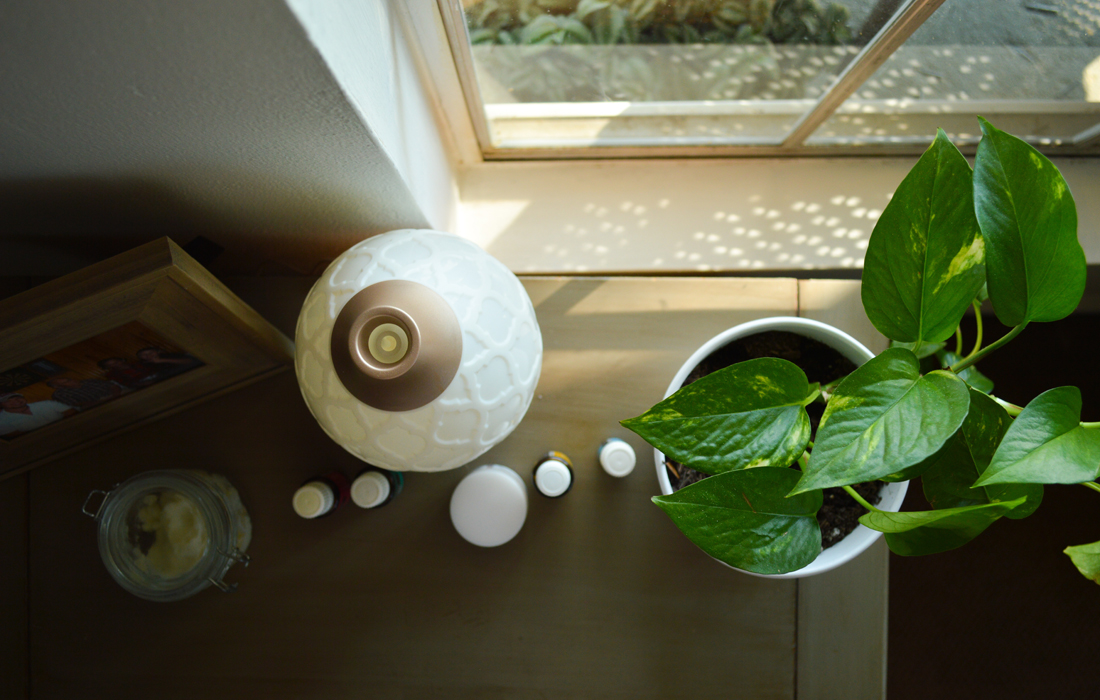
6 Sustainability Strategies Every Home Should Embrace
It’s easy for homeowners to be tempted into “off-the-shelf” green solutions as a magic bullet to creating sustainability. Things like internet connected thermostats and light dimmers, home battery systems and solar roofing tiles are sexy – and fun to talk about at a dinner party. We call these “active strategies”. However, they may not be the most effective way to achieve sustainability for your home. Often, it’s the hidden features, the things you don’t see that make the biggest difference in creating a sustainable solution. We call those “passive” strategies.
A well designed home will incorporate a number of passive design strategies, as well as active green features to optimize a truly sustainable solution. As certified green building professionals, we’ve identified six primary design strategies that are easy to achieve and form the foundation of every good sustainable solution. Here they are:
Passive Measures:
1. Orientation to the Sun
It all starts with how your home is oriented to the sun. Taking advantage of sunlight in the winter to help heat the home, while blocking out the sun in the summer to help keep it cool are basic strategies that go a long way to making a more energy efficient home.
2. Natural Daylighting
The sun is a great source of light, as we humans respond positively to natural lighting in our homes. Thoughtfully placed daylighting devices like skylights, shaded clerestory windows, and north facing openings help to bring the best quality daylight into a home while also managing the amount of heat gain that can come with natural light. More daylight means less electrical light, and that means more energy efficiency!
3. Natural Ventilation
Maintaining your house at a comfortable temperature is vitally important. Often, a light breeze on a warm summer afternoon can help cool things considerably – all you need to do is invite it into the home! The secret of effective natural air movement is to locate operable windows and skylights on opposite sides of the space so that air has a place to come in, and a place to get out. It really is that simple. In addition, locating windows both low and high promotes a natural venturi effect – as warm air rises through the high windows it pulls in the cooler air from down below.
Active Measures:
1. Superior Insulation:
Keeping the heat out of your home on a warm day or keeping the heat in your home on a cold day is one of our biggest challenges. Insulation plays a critical role in helping to regulate this flow of heat, and a good quality insulation is key to optimizing performance. While there are several options to consider, two good products stand out for a variety of reasons. Cotton batt insulation, often harvested from recycled blue jeans, is a great choice because of re-use of resources. Also it has great thermal insulating properties, and works well to minimize sound transmission – making it a great choice for use in a home.
Another option is spray foam insulation, both open cell, and closed cell. While more expensive than cotton batt insulation, spray foam can offer equal thermal protection in a thinner profile, meaning it takes up less space to do the same amount of work. In today’s modern homes, space can be a premium making spray foam a great choice for modern styles.
2. Reduced Water Usage
Simply using less resources is one of the most powerful sustainable strategies there is! One way to use less is to recycle your water with a grey water recycling system. Homeowners are finding more options available to them now than ever before. These include basic recycling systems that can direct your bathroom sink water into your toilet tank to use for flushing. More advanced systems can harvest water from all the sinks, showers, and tubs in the house and store the water for use in the garden.
Another powerful method for reducing water use is simply design a thoughtful, water-wise landscape for your home. Using the appropriate plantings for your climate and harvesting the power of technology to regulate irrigation can dramatically reduce water usage outside the home.
3. Alternative Energy
Once you’ve done all the work of daylighting and ventilating your home, insulating it from heat intrusion and loss, and reduced your resource usage, the next step is to find ways of generating alternative energy for the home. Here in California one of the most effective ways to do that is through solar electric panels. In fact, the new California Green Building Code requires that we dedicate a portion of every roof for future solar panels. Add to that a home battery system and you’re on your way to a truly meaningful sustainability strategy that will give lasting performance.
As you can see, things like proper orientation to the sun, natural daylighting and ventilation form the foundation of any good sustainable strategy. Once those have been achieved, it’s smart to incorporate additional active strategies to further increase the greenness of a home.
As certified green building professionals the staff at Anders Lasater Architects can help you identify what strategies are best for your home. Give us a call and let’s see what we can do to make sense of your home needs!
Sustainability is a topic that seems to be on everyone’s mind these days, and that’s a great thing. Sustainable design is a powerful tool in helping create a lasting home. However, the number of “green design” options available can get confusing.
Knowing what sustainable design really means, and what sustainable strategies are right for your home, is a good start to understanding how to harness the power of green design.



